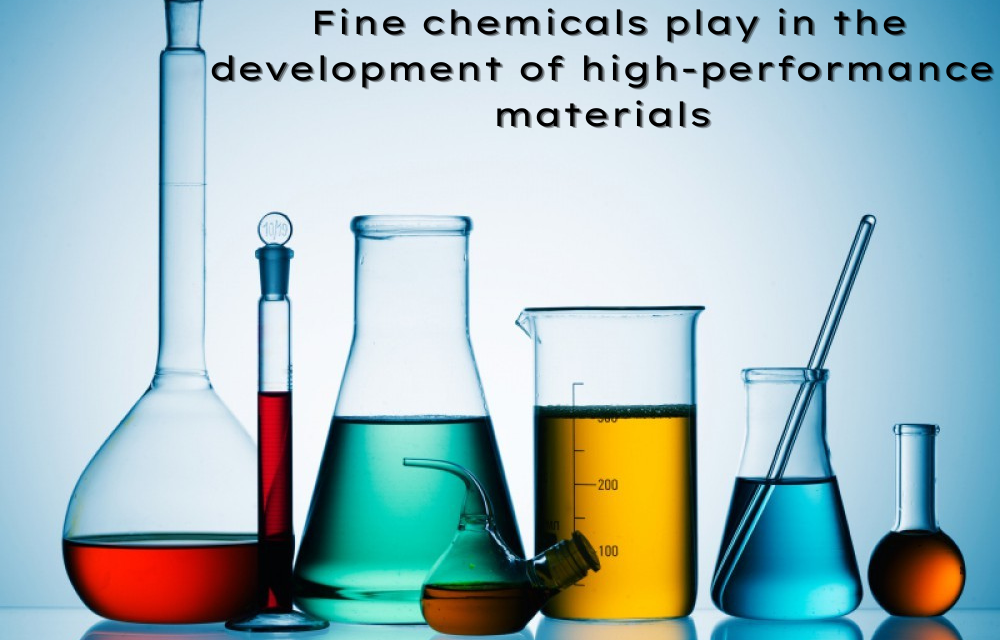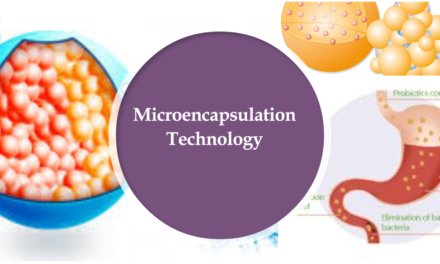Fine chemicals play a crucial role in the development of high-performance materials, which are materials engineered to exhibit superior characteristics such as strength, durability, conductivity, and sustainability. These materials are vital in a wide range of industries, including electronics, aerospace, automotive, energy, and biotechnology. Here’s how fine chemicals contribute to the development of these advanced materials:
1. Specialty Polymers and Resins
- Role: Fine chemicals are key in producing specialty polymers and resins that have specific, high-performance characteristics. These polymers are used in industries such as electronics (e.g., for insulating materials), automotive (e.g., for lightweight, high-strength components), and aerospace (e.g., for high-temperature resistant parts).
- Example: Fine chemicals are used to create epoxy resins, which are used in composite materials for aerospace and automotive applications due to their lightweight, durability, and heat resistance.
2. Advanced Catalysts
- Role: Fine chemicals are involved in the production of advanced catalysts, which are essential for the synthesis of high-performance materials. Catalysts enable chemical reactions to occur efficiently under mild conditions, promoting the creation of materials with superior properties.
- Example: Fine chemicals are used in the production of catalysts for the synthesis of high-strength alloys, used in the aerospace industry for producing lightweight, corrosion-resistant materials.
3. Nanomaterials and Nanocomposites
- Role: Fine chemicals are central to the development of nanomaterials (materials with structures on the nanoscale, typically less than 100 nm), which exhibit exceptional mechanical, electrical, and optical properties. These materials are used in various high-performance applications, such as smart coatings, conductive films, and lightweight composites.
- Example: Fine chemicals are involved in the synthesis of carbon nanotubes (CNTs) and graphene, which are used to develop nanocomposites that have enhanced strength, thermal conductivity, and electrical conductivity, making them ideal for use in electronics, energy storage, and aerospace applications.
4. Adhesives and Sealants
- Role: High-performance adhesives and sealants made from fine chemicals are essential in bonding advanced materials in industries like aerospace, automotive, and construction. These adhesives provide superior adhesion strength, heat resistance, chemical stability, and environmental durability.
- Example: Fine chemicals are used to create structural adhesives that bond lightweight composites and metals in automotive and aerospace applications, allowing manufacturers to reduce weight without sacrificing strength.
5. Conductive Materials
- Role: Fine chemicals contribute to the development of conductive materials such as conductive polymers, conductive inks, and organic semiconductors. These materials are vital in the creation of electronic devices (e.g., OLEDs, solar cells, and flexible displays), as well as in battery technologies and printed electronics.
- Example: Fine chemicals are used to produce organic semiconductors that are used in flexible electronic devices or printed circuit boards (PCBs) due to their high conductivity and low cost.
6. High-Temperature Resistant Materials
- Role: Fine chemicals are used to produce materials that can withstand extreme high-temperature environments. These materials are critical in industries such as aerospace, energy, and automotive, where high-performance components are subjected to extreme heat and stress.
- Example: Fine chemicals are involved in the development of ceramic matrix composites (CMCs) and carbon-carbon composites, which are used in jet engines, turbine blades, and other aerospace components for their ability to retain strength and integrity at high temperatures.
7. Functional Coatings
- Role: Fine chemicals contribute to the development of functional coatings that improve the durability, corrosion resistance, self-cleaning properties, and surface characteristics of materials. These coatings are used in automobiles, electronics, and construction to enhance the performance and lifespan of products.
- Example: Fine chemicals are used in the formulation of anti-corrosion coatings and self-healing coatings that are applied to metal or composite surfaces in automotive and aerospace applications to protect parts from wear and environmental damage.
8. Energy Storage Materials
- Role: Fine chemicals are involved in the development of materials used in energy storage systems, such as batteries, supercapacitors, and fuel cells. These materials help improve the capacity, efficiency, and lifespan of energy storage devices, which are critical in electric vehicles (EVs), renewable energy storage, and portable electronics.
- Example: Fine chemicals are used in the development of lithium-ion battery electrolytes and solid-state battery materials, enhancing their performance by improving charge density, safety, and cycling stability.
9. Biocompatible Materials
- Role: Fine chemicals also contribute to the development of biocompatible materials, which are critical for medical devices, implants, and drug delivery systems. These materials must be non-toxic, bioactive, and capable of interacting with the body in a safe and effective way.
- Example: Fine chemicals are used in the synthesis of biodegradable polymers and smart hydrogels that are used in medical applications such as drug delivery, wound healing, and tissue engineering.
10. Smart and Responsive Materials
- Role: Fine chemicals enable the development of smart materials that respond to external stimuli such as temperature, pressure, pH, or light. These materials are used in wearable technology, self-healing materials, and adaptive structures.
- Example: Fine chemicals are used to create shape-memory alloys (SMAs) and thermo-responsive polymers, which can change shape in response to temperature fluctuations, making them suitable for applications in medical devices, robotics, and aerospace engineering.

















